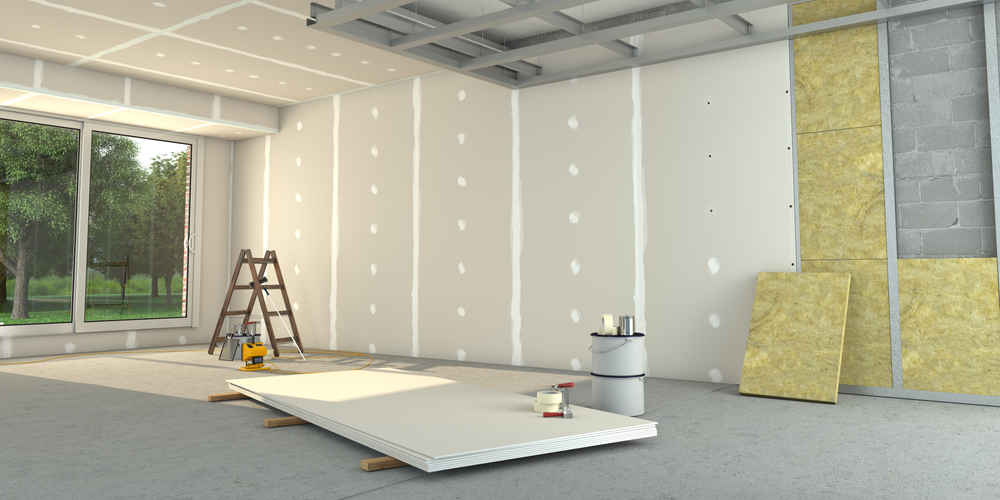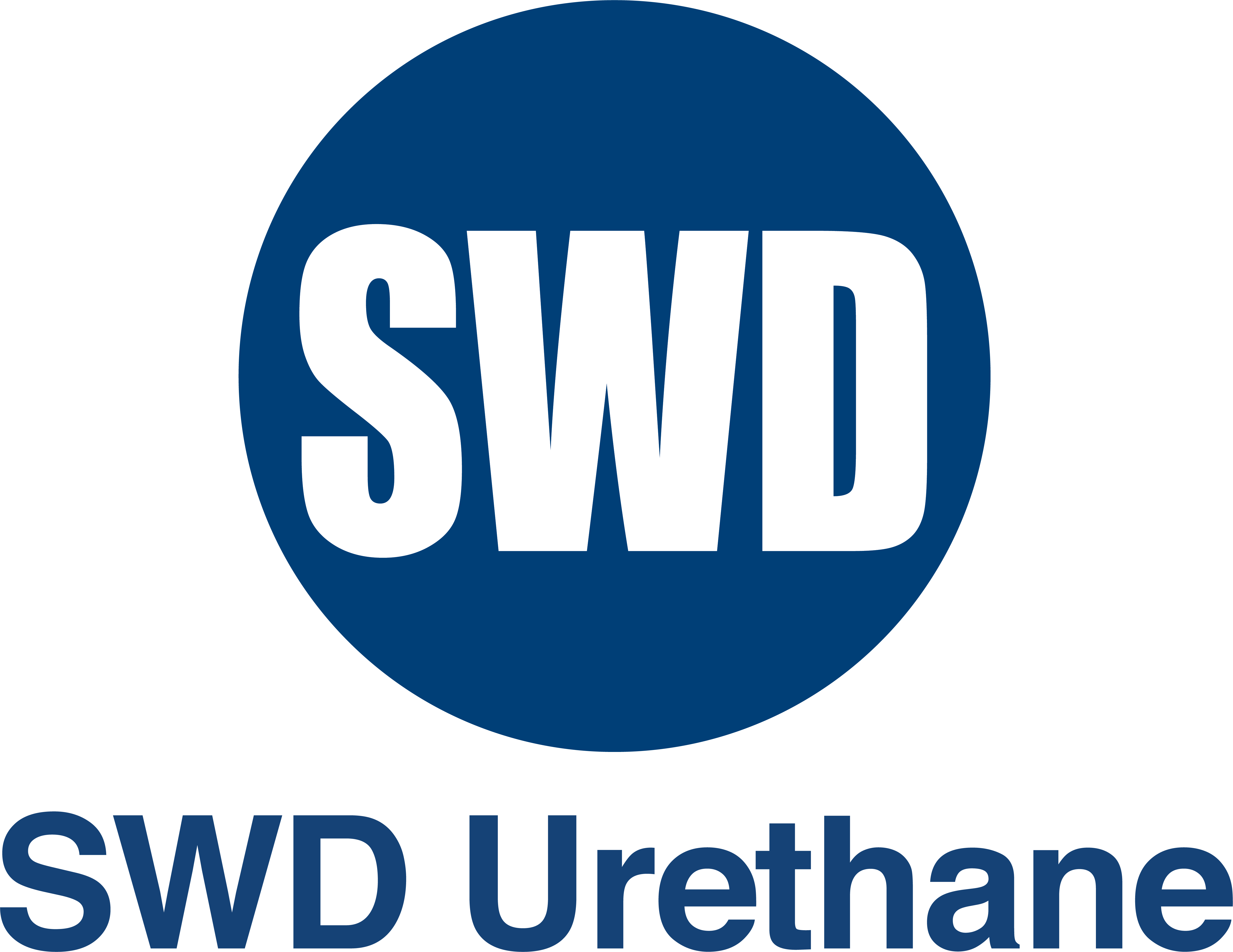
Insulation is often associated with energy efficiency and comfort, but its influence on indoor air quality (IAQ) is sometimes overlooked. In Sacramento, CA, a region known for its seasonal weather variations and high outdoor air pollution levels, insulation can play a crucial role in maintaining healthy indoor environments. Proper insulation installation and maintenance not only reduce energy costs but also contribute significantly to indoor air quality, impacting the health and well-being of residents. This blog delves into the impact of insulation on indoor air quality in Sacramento, with insights on how the right insulation can help create a healthier, more comfortable home.
Understanding the Relationship Between Insulation and Indoor Air Quality
Indoor air quality (IAQ) refers to the air quality within and around buildings and structures, especially as it relates to the health and comfort of building occupants. Poor IAQ can lead to various health issues, including respiratory infections, allergies, asthma, and even chronic lung diseases. Insulation, often installed to improve energy efficiency, affects IAQ in several ways by regulating temperature, moisture levels, and airflow within a building.
The impact of insulation on indoor air quality depends largely on the type, quality, and placement of the insulation materials used. In Sacramento, where temperatures can fluctuate greatly between seasons, insulation plays a vital role in stabilizing indoor temperatures. However, it’s essential to choose materials and installation methods that not only improve energy efficiency but also ensure a high IAQ for the occupants.
The Role of Insulation in Indoor Air Quality Control
1. Temperature Regulation and Comfort
One of the most direct impacts of insulation on indoor air quality is temperature regulation. Sacramento’s climate includes hot, dry summers and cold, damp winters, making temperature control a necessity. Proper insulation prevents outdoor air from entering the building, which helps maintain consistent indoor temperatures without over-reliance on heating or cooling systems. This consistency in temperature helps limit the growth of allergens like mold, mildew, and dust mites, which thrive in warm and moist environments, thus improving IAQ.
2. Moisture Control and Prevention of Mold
Moisture is a primary factor influencing indoor air quality, especially in Sacramento’s winter season when humidity levels can rise. Insulation creates a barrier that prevents moisture from seeping into walls, floors, and ceilings. When humidity is trapped within the building’s structural materials, it creates the ideal breeding ground for mold and mildew, which release spores into the air and significantly impact IAQ.
Effective insulation, particularly in areas prone to dampness like basements and attics, helps to reduce moisture accumulation. Insulation materials with moisture-resistant properties, like spray foam insulation, act as a barrier to humidity, thereby reducing the likelihood of mold and mildew. Keeping mold and mildew at bay can prevent associated respiratory issues for Sacramento residents, contributing to a healthier indoor environment.
3. Air Leakage and Ventilation
Proper insulation reduces air leakage, which in turn decreases the inflow of outdoor pollutants. Sacramento residents are no strangers to outdoor air pollutants, with the area experiencing air quality issues stemming from wildfire smoke, car emissions, and industrial pollution. Poor insulation can result in gaps and cracks that allow these outdoor pollutants to enter the home.
Well-installed insulation seals these potential gaps, minimizing the risk of polluted air infiltrating the indoor space. However, it’s essential to balance insulation with proper ventilation. Over-insulating without adequate ventilation can lead to stagnant indoor air, which can cause a buildup of indoor pollutants from everyday activities like cooking, cleaning, and even breathing. To achieve optimal IAQ, pairing insulation with a good ventilation system is crucial, ensuring fresh air circulation while keeping pollutants out.
Types of Insulation and Their Impact on Indoor Air Quality
Choosing the right type of insulation can have a profound impact on indoor air quality. Here’s a look at some common insulation materials used in Sacramento homes and how they influence IAQ.
1. Fiberglass Insulation
Fiberglass insulation is one of the most widely used types of insulation in Sacramento. While effective for temperature regulation, fiberglass insulation can release tiny particles into the air, which may affect respiratory health if inhaled. If fiberglass insulation is installed incorrectly or becomes damaged, it can release fibers that may aggravate asthma and allergy symptoms. To reduce this risk, encapsulating or sealing fiberglass insulation with a protective layer can prevent fibers from entering the air.
2. Spray Foam Insulation
Spray foam insulation offers superior air sealing capabilities, making it a popular choice for reducing air leaks. Its high density and ability to expand into hard-to-reach spaces make it an excellent moisture barrier, which helps reduce the risk of mold. However, spray foam insulation can release volatile organic compounds (VOCs) during the initial curing process. To maintain healthy IAQ, it’s advisable to ventilate the area during and after installation and choose low-VOC spray foam products.
3. Cellulose Insulation
Made primarily from recycled paper treated with fire-retardant chemicals, cellulose insulation is an eco-friendly option with excellent thermal properties. It effectively reduces air leakage and helps regulate indoor temperatures. However, if exposed to moisture, cellulose can lose its insulating properties and may lead to mold growth, which can compromise IAQ. Using moisture-resistant materials and ensuring proper installation can mitigate these risks.
4. Mineral Wool Insulation
Mineral wool, also known as rock wool, is a durable insulation option with excellent fire-resistant properties. It has high thermal and acoustic insulation benefits and doesn’t absorb moisture, making it resistant to mold growth. This characteristic makes mineral wool a great choice for Sacramento homes, as it prevents the growth of allergens that impact indoor air quality. However, mineral wool can release dust particles during installation, so professionals should install it carefully to avoid respiratory irritation.
Common Indoor Air Quality Issues Associated with Poor Insulation
1. Increased Levels of Dust and Allergens
Inadequate insulation can lead to increased levels of dust, pollen, and other allergens entering the home through cracks and gaps. Once these particles are inside, they settle on surfaces, accumulate in carpets and upholstery, and circulate through HVAC systems, affecting overall IAQ. For Sacramento residents who suffer from allergies, ensuring that insulation is properly installed and maintained can make a significant difference in reducing allergens indoors.
2. Indoor Pollution from Building Materials
Certain insulation materials can release chemicals into the air, a phenomenon known as “off-gassing.” Poorly chosen or installed insulation can emit VOCs, formaldehyde, and other chemicals over time. These emissions can cause headaches, respiratory issues, and other health problems. Choosing low-VOC or non-toxic insulation materials can help reduce indoor pollution and improve air quality.
3. Stale Air Due to Poor Ventilation
Sacramento’s hot summers often lead homeowners to rely heavily on air conditioning. If a home is well-insulated but poorly ventilated, the result can be stale indoor air, as contaminants from activities like cooking or cleaning build up. Ventilation systems, such as heat recovery ventilators (HRVs), can help maintain air circulation while retaining the benefits of insulation, allowing fresh air in and stale air out without compromising energy efficiency.
Best Practices for Improving Indoor Air Quality with Insulation
To maximize the positive impact of insulation on indoor air quality, consider the following best practices:
- Choose Low-VOC Insulation Products: Select insulation materials with minimal off-gassing to reduce indoor pollutants.
- Ensure Proper Installation: Poorly installed insulation can lead to air leaks and increased exposure to dust and allergens. Hire certified professionals to ensure insulation is installed effectively and safely.
- Regular Maintenance and Inspection: Inspect insulation periodically for signs of wear or moisture damage, especially in areas prone to high humidity, like basements and attics.
- Balance Insulation with Ventilation: Install an HRV or energy recovery ventilator (ERV) to ensure proper airflow and prevent the buildup of indoor pollutants.
- Seal Gaps and Cracks: Use caulk, weatherstripping, and foam sealants to close any gaps in the insulation, ensuring that outdoor pollutants don’t seep indoors.
The Role of Insulation in Creating a Healthier Home in Sacramento
Insulation is more than just a barrier to heat loss or gain; it plays a crucial role in indoor air quality, affecting everything from temperature stability to pollutant levels and humidity control. For residents of Sacramento, where weather conditions and outdoor pollution can significantly impact indoor environments, selecting and installing the right insulation can make a noticeable difference in IAQ. With the right insulation materials and practices, homeowners can enjoy improved comfort, lower energy costs, and healthier indoor air for themselves and their families.
By understanding the impact of insulation on indoor air quality and following best practices, Sacramento residents can transform their homes into safer, more comfortable, and healthier spaces all year round.
Need Insulation in Sacramento, CA?
Since 2001, Ace Insulation Inc. has been your premier insulation experts. We take pride in being locally owned and operated as well as offering high-quality service. We specialize in the installation of insulation. Whether you are building a new home or renovating your existing space, we are the place to call. We have many materials to choose from, including fiberglass and spray foam. If you are looking for high-quality work, call us today to schedule your next consultation!


